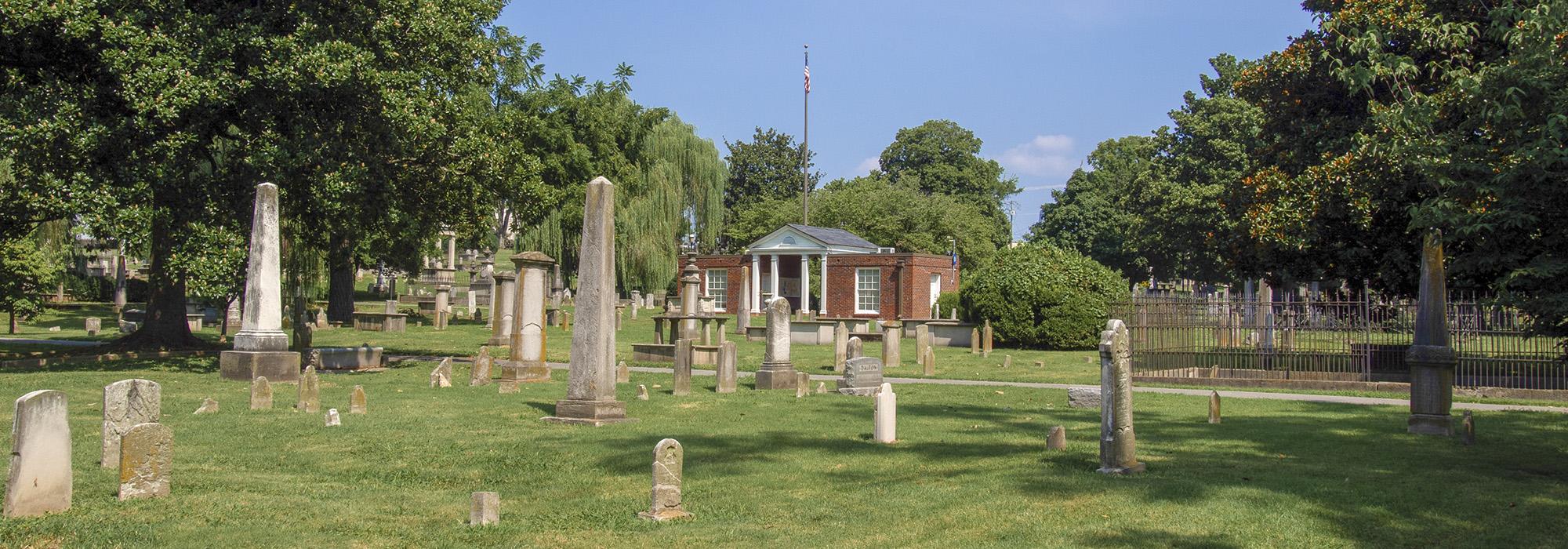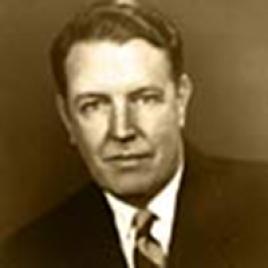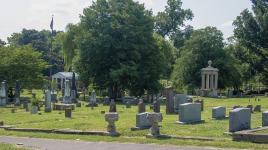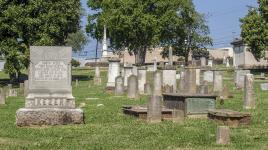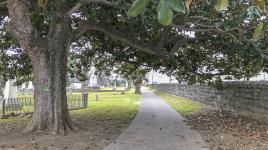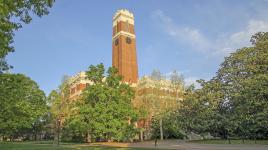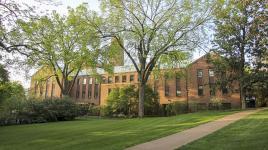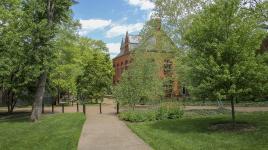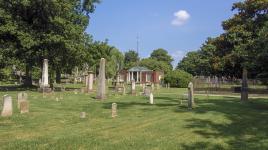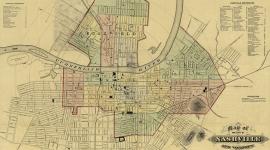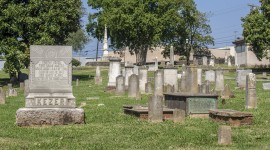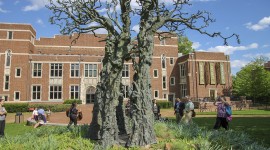Pioneer Information
Born in Monteagle Assembly, Tennessee, Keeble earned a bachelor’s degree in engineering from Vanderbilt University in 1924. He received an advanced degree in architecture from the University of Pennsylvania in 1928, having spent short intervals studying at the École des Beaux-Arts in Paris and the École des Beaux -Arts in Fontainebleau, France. Keeble returned to Nashville and worked briefly for architects Donald Southgate and Kenneth McDonald, Jr., before forming a partnership with Francis Warfield in 1929, establishing the firm Warfield & Keeble. The partnership lasted until 1944, when Keeble joined the U.S. Army, serving as a lieutenant in Washington, D.C., during World War II. After the war, he returned to Nashville and opened his own architectural practice, Edwin A. Keeble & Associates.
Keeble’s projects largely consisted of academic structures, churches, and private residences. Some of his more notable projects are McTyeire Hall, at Vanderbilt University (1940), the Nashville City Cemetery’s headquarters, now known as the Keeble Building (1947), and the Life and Casualty Tower (1955), all in Nashville. From early in his career, Keeble remained heavily involved with academia, hoping to establish a school of architecture at Vanderbilt University. He organized the Nashville Architectural Studio in collaboration with other leading architects to help students who wished to study architecture. This group later became associated with the Beaux-Arts Institute of Design in New York. Although the group’s activities took place at Vanderbilt University, the school of architecture was never realized. Keeble died at the age of 74 and is buried in Mount Olivet Cemetery in Nashville, Tennessee.



